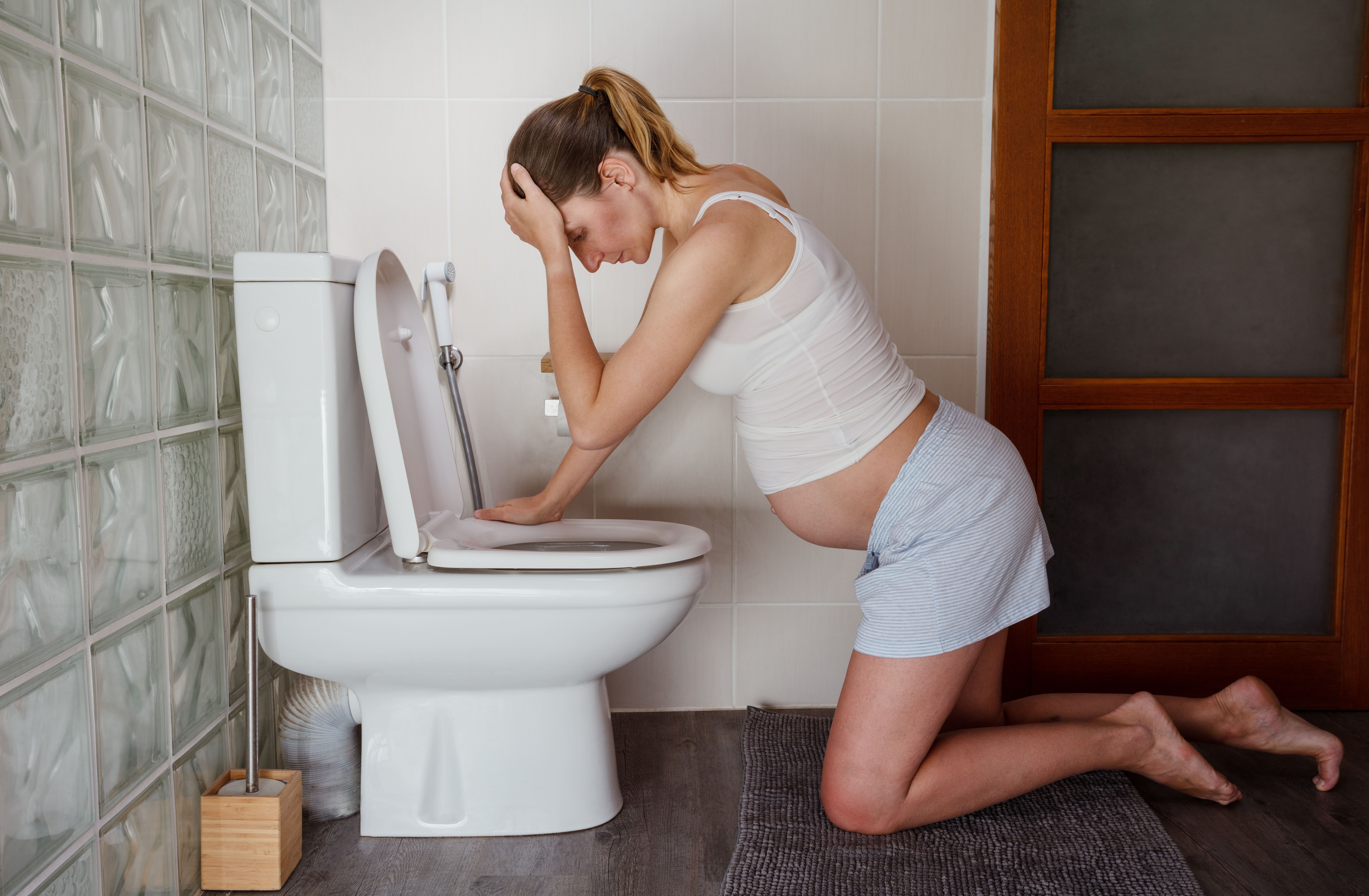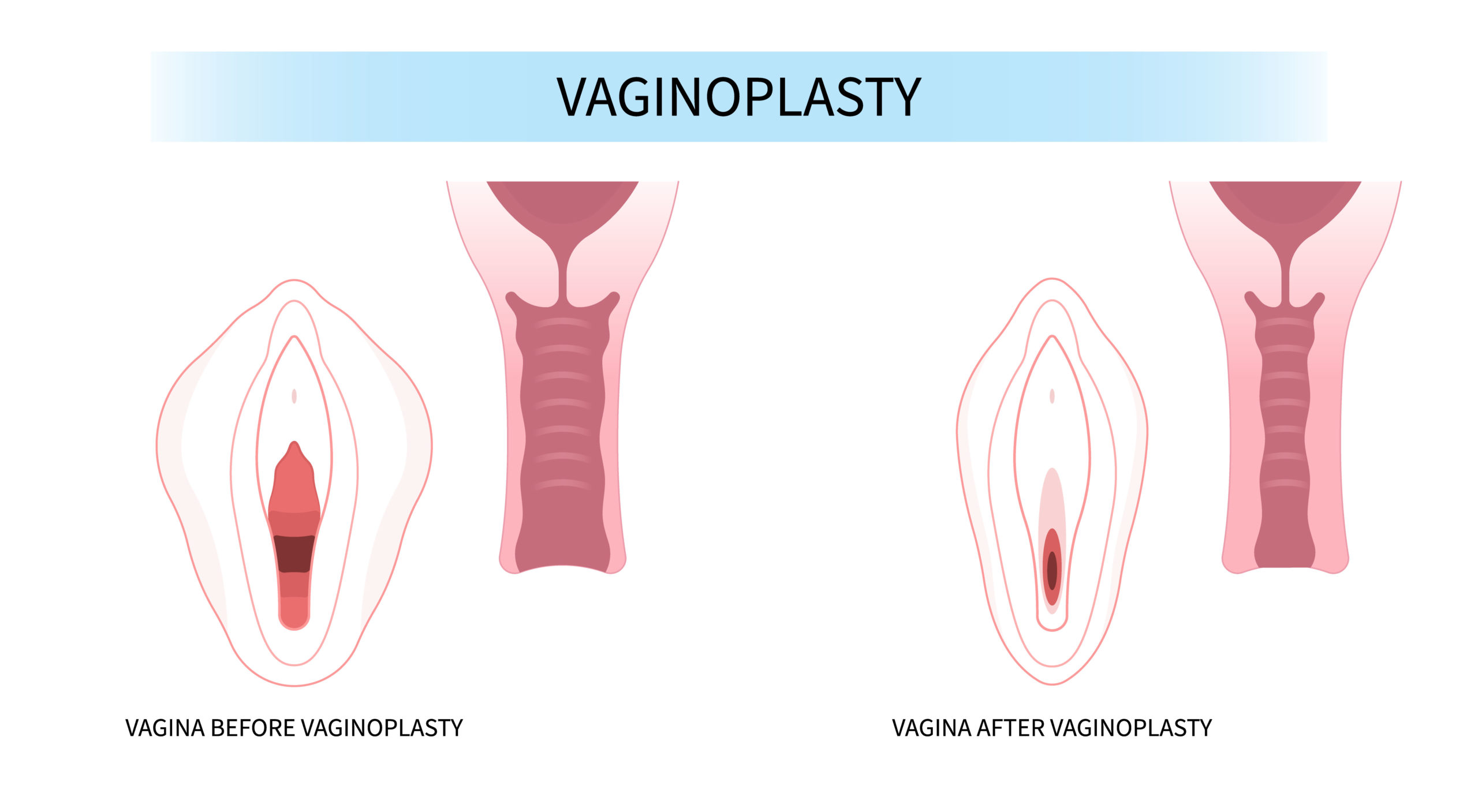
What is Urogynaecology? By Dr. Rubina Shanawaz

Urogynaecology is a sub-specialty which integrates the complex and intricate specialities of Urology and Gynaecology, focusing on urinary problems and pelvic floor disorders in women. These problems arise due to the close anatomy of the urinary bladder and urethra with the uterus and vagina. Hence, these issues in women will have to be dealt with keeping in mind the effect of the urinary and reproductive systems on each other in order to ensure complete relief of symptoms.
When will I need to consult a urogynaecologist ?
- Are you not able to laugh freely or cough hard for fear of leakage of urine?
- Are you not able to travel as you wish due to very frequent visits to the toilet?
- Do you have a dragging pain in your vagina and have difficulty passing urine or stools?
- Do you feel your vagina has lost its tone after repeated vaginal childbirths?
If your answer to any of the above questions is a yes, you need to visit a urogynaecologist.
What are the common conditions encountered in this field?
Incontinenceandpelvic floor problemsare remarkably common but many women are reluctant to receive help because of the stigma associated with these conditions. There is no more distressing lesion than urinary incontinence. A constant dribbling of the repulsive urine soaking the clothes which cling wet and cold to the thighs, making the patient offensive to herself and her family and ostracizing her from society.
Although countless women are bothered by a loss of bladder control, bowel symptoms, and pelvic discomfort they are often not aware that these problems have a name, much less how common they really are. Pelvic floor conditions are more common than hypertension, depression, or diabetes. 1 in 3 adult women have hypertension; 1 in 20 adult women have depression;1 in 10 adult women have diabetes; and, more than 1 in 2 adult women suffer from pelvic floor dysfunction. Around 1 in 10 women suffer from varying degrees of involuntary leakage of urine (urinary incontinence). The most common of these is Stress Urinary Incontinence.
Stress Urinary Incontinence (SUI):
Stress Urinary Incontinence (SUI) is the involuntary leakage of urine during activities such as coughing, sneezing, lifting, laughing or exercising.SUI affects at least 10-20% of women, many of whom do not realize that there are simple,effective treatment options available.
Other common types of incontinence include
Over active bladder (OAB)
In this condition, there is increased frequency of urination or urge to get up to pass urine more than once at night. Mixed stress and urge incontinence, overflow incontinence, reflex and functional incontinence.
Prolapse:
This condition occurs when there is a descent of the pelvic organs usually asca result of repeated vaginal childbirths. This usually is a descent of the uterus and cervix along with the urinary bladder and rectum or descent of just urinary bladder or rectum alone.
Fistulas :
These occur when there is an inadvertent creation of a false passage between the urinary tract and an abdominal organ resulting in leakage of urine usually following surgery where there is already an anatomical distortion due to endometriosis/ PID/ previous surgeries/ tumours involving bladder wall.
Diagnostic tests and procedures performed include:
Specialty treatments available include:
- Laparoscopic/ Abdominal / vaginal / urethral reconstruction
- Behavioural modification
- Botulinum toxin injections
- Pelvic floor re-education
- Pessary(for prolapse and incontinence)
- Pubovaginal slings
- Sacral nerve stimulation
- Apical suspension procedures for prolapse
By
Dr. Rubina Shanawaz MBBS, MS(OBG)
Related Blogs

Understanding Gestational Diabetes: Insights from Dr Shruthi Kalagara
Read More
Urinary Tract Infection (UTI) in Pregnancy
Read More
Early Pregnancy Care for New Pregnant Women: Expert Advice | Motherhood Hospitals
Read More
Body Positivity Tips Post C Section (Cesarean Delivery)
Read More
Vaginoplasty: Procedure, Cost, Risks & Benefits, Recovery
Read More
The Digital Dilemma: Exploring the Medical Implications of Technology on Child Development
Read More
How To Relieve Menstrual Cramps? - 8 Simple Tips
Read More
Benefits of Consuming Folic Acid Tablets For Pregnancy/During Pregnancy
Read More
Navigating Radiology: Ensuring Safe Imaging During Pregnancy
Read More
Navigating Radiological Tests During Pregnancy: Ensuring Safety for Mother and Child
Read MoreRequest A Call Back
Leave a Comment:
View Comments
Previous
Next
HELLO,
Stay update don our latest packages, offer, news, new launches, and more. Enter your email to subscribe to our news letter


 Toll Free Number
Toll Free Number








No comment yet, add your voice below!